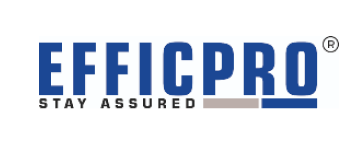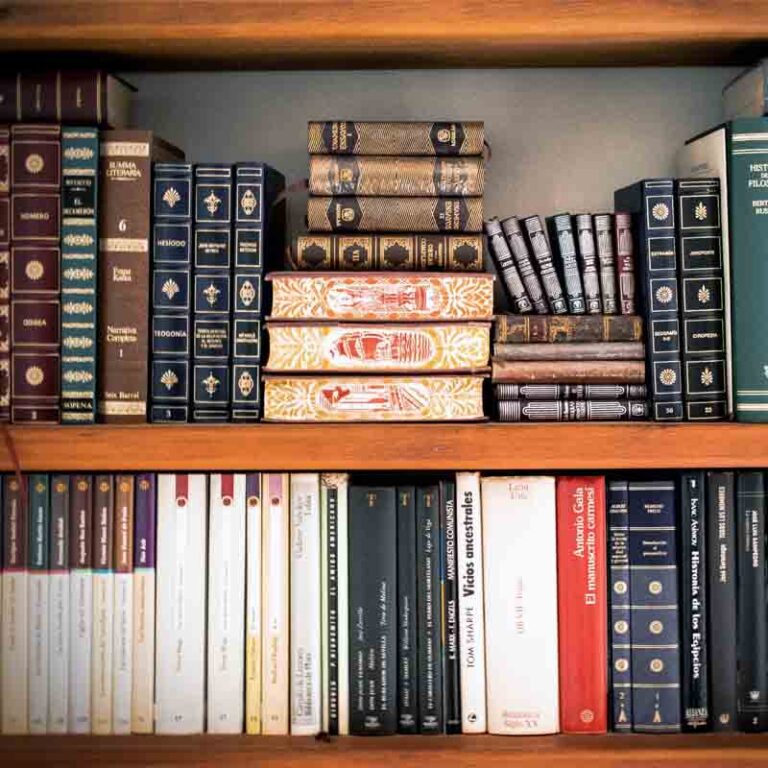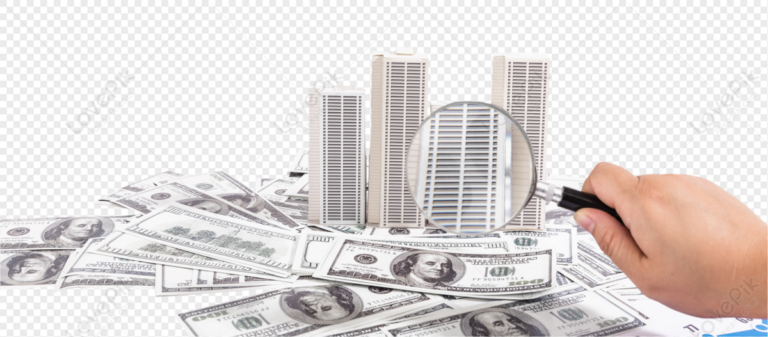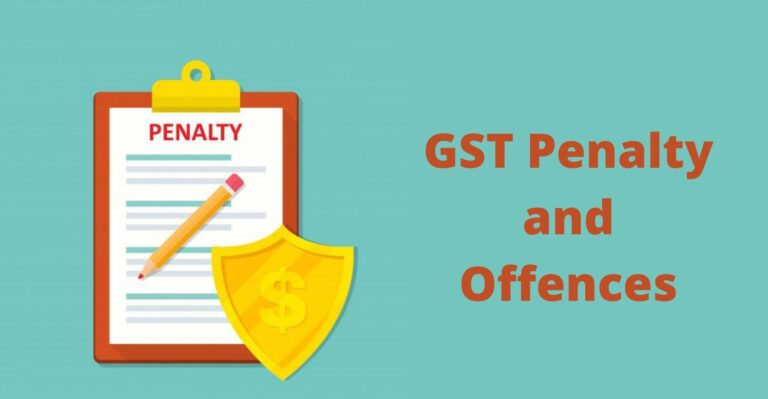GST on Treated Water from Common Effluent Treatment Plan: Gujarat Appellant Authority of Advance Ruling (AAAR) Upholds Taxability
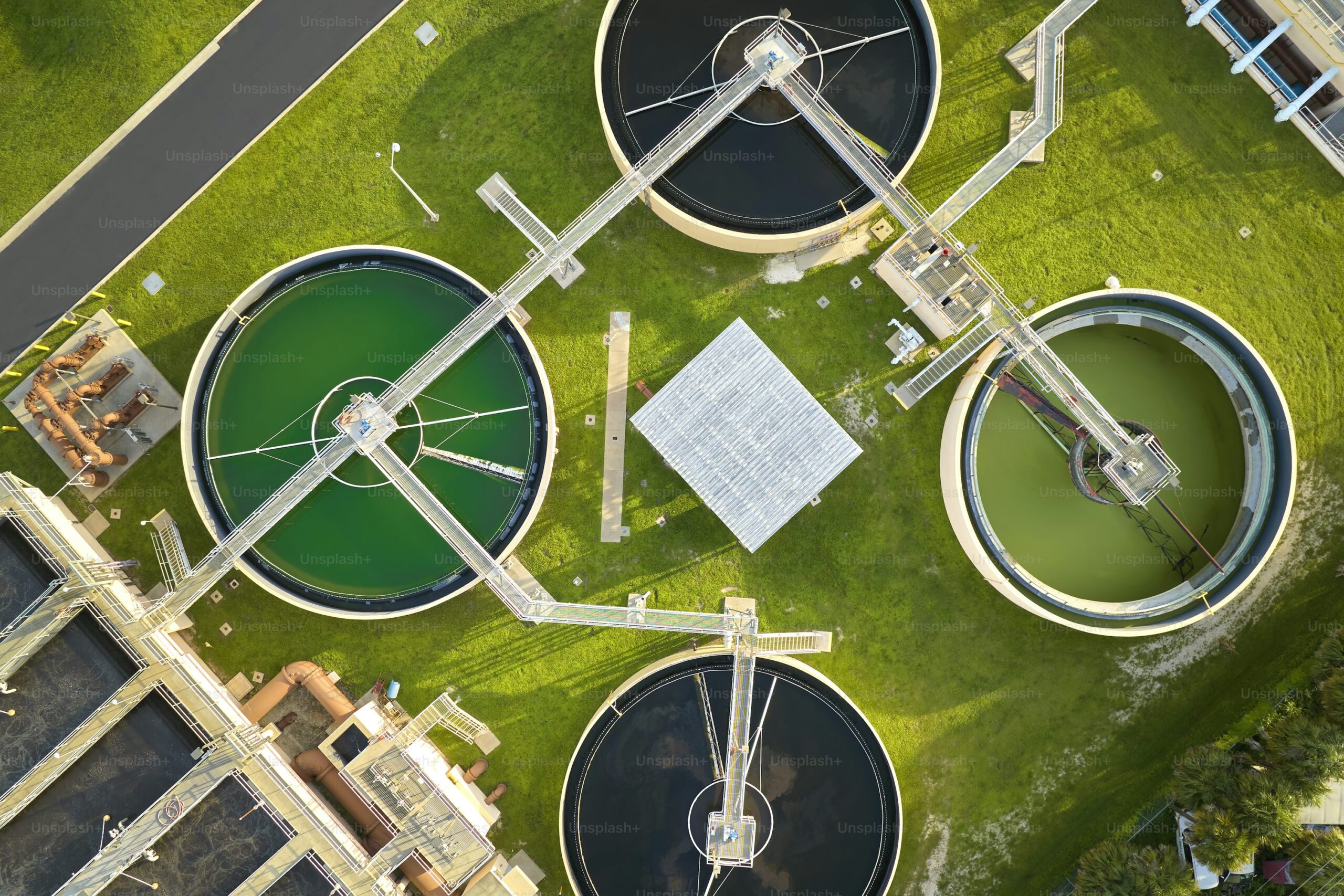
M/s. Palsana Enviro Protection Ltd. (PEPL), promoted by a cluster of textile processing industries, operates a Common Effluent Treatment Plant (CETP) in Gujarat. They recycle and supply treated water to member units for industrial use. This treated water, while purified to remove impurities, is not deemed pure water suitable for drinking.
Appellant’s Key Arguments:
The treated water is not purified water; it still contains impurities and cannot be categorized as pure or demineralized water.
Appellant claimed exemption under Sr. No. 99 of Notification No. 2/2017-Central Tax (Rate) (amended by 7/2022), which exempts water other than aerated, mineral, purified, distilled, medical, ionic, battery, demineralized, and water sold in sealed containers.
Further, Appellant submitted lab reports to Gujarat AAAR to argue that the water did not meet the parameters typically associated with demineralized water.
Appellent referenced:
- Circulars clarifying exemptions (Circular No. 52/26/2018 and 179/11/2022-GST).
- Rulings from Tamil Nadu AAR where similar CETP treated water was deemed exempt.
Appellant approached the Gujarat Authority for Advance Ruling (GAAR) and Gujarat Appellant Authority for Advance Rulling (GAAAR) to seek clarity on the following questions:
- Whether the treated water obtained from CETP will be exempt from GST under Sr. No. 99 of Notification No. 2/2017-Central Tax (Rate), which covers “Water (other than aerated, mineral, purified, distilled, medicinal, ionic, battery, demineralized, and water sold in sealed container).”
- Whether the treated water obtained from CETP is taxable at 18% by virtue of Sl. No. 24 of Schedule III as ‘Waters, including natural or artificial mineral waters, and aerated waters, not containing added sugar or other sweetening matter nor /flavoured (other than Drinking water packed in 20 litres bottles)’
GAAR ruled and GAAAR upheld the rulling of GAAR, stating that:
- Water intended for industrial processes, even if not “purified” in the strictest sense, can still be categorized as “demineralized” depending on its composition.
- The lab report submitted by the appellant was dismissed due to procedural concerns – lack of information about sampling methodology and lab accreditation.
- While similar Tamil Nadu AAR rulings were cited by the appellant, GAAAR clarified that advance rulings apply only to the applicant in question and are not universally binding.
- The authorities noted that the Legislature intended to exempt water commonly used for drinking purposes, not water sold for industrial use.
Therefore, Advance Rulling Authority concluded that:
- ‘Water’ is eligible for exemption from GST as it is consumed by public at large while other type of water which is sold commercially, i.e. aerated, mineral, distilled, medicinal, ionic, battery, de-mineralized and water sold in sealed container are outside the ambit of entry no. 99 and is liable to GST;
- Therefore, the treated water supplied by PEPL is similar to demineralized water as it contains micro amount of dissolved minerals and chemicals which cannot be used for drinking and is supplied to industries for their process and falls outside the exemption under Sr. No. 99 and hence it is taxable at 18% GST under Sr. No. 24 of Schedule-III of Notification No. 1/2017-Central Tax (Rate).
Final Conclusion:
Gujarat AAAR rejected the appeal and reaffirmed that supply of treated water obtained from CETP is taxable at 18% as it is demineralised water which cannot not consumed by public directly.
Implications:
Treated water supplied by CETPs for industrial use will generally not enjoy GST exemptions under current notifications unless specifically clarified otherwise. Similar CETPs in Gujarat and other states may face consistent GST liabilities unless there is a High Court or competent authority rules otherwise.
Limitation: The purpose of this article is for knowledge sharing purpose. Views expressed in this note are personal views of the author. The same should not be construed as professional advise
